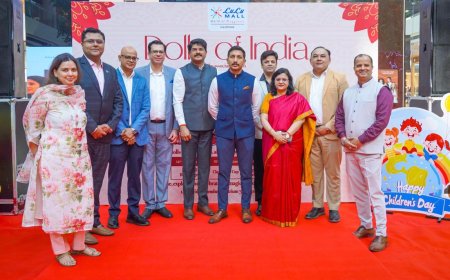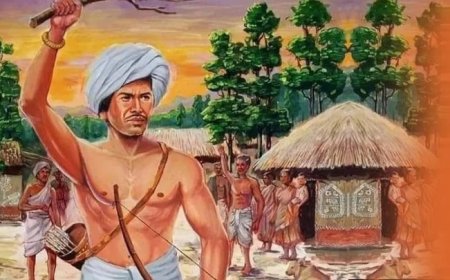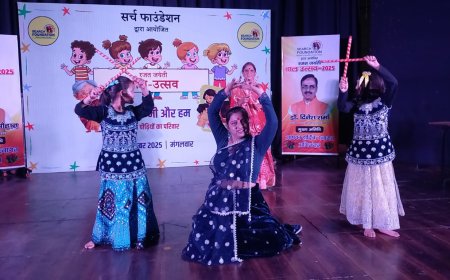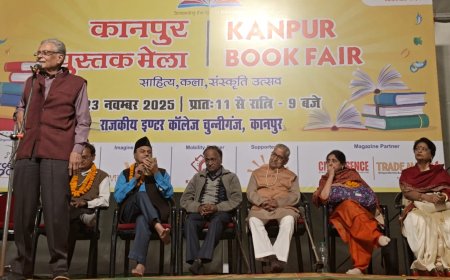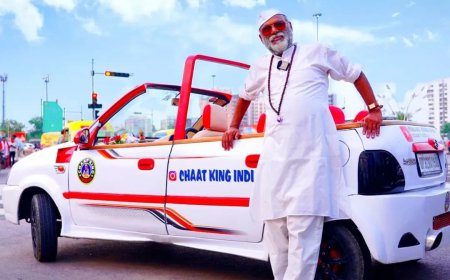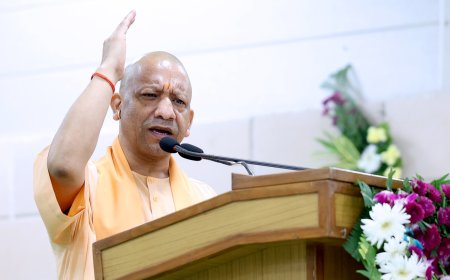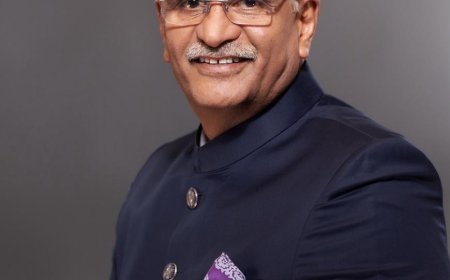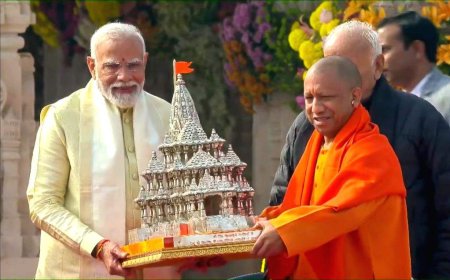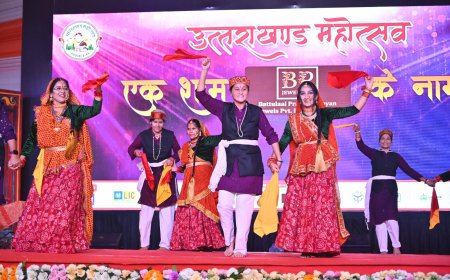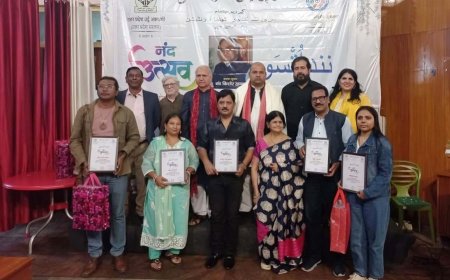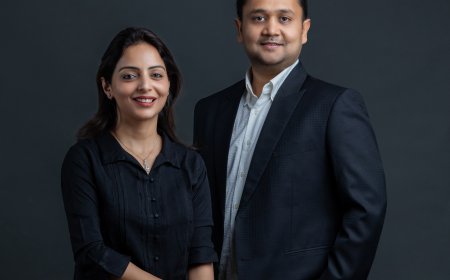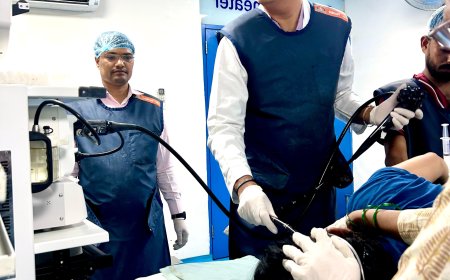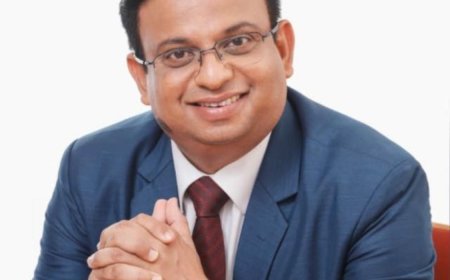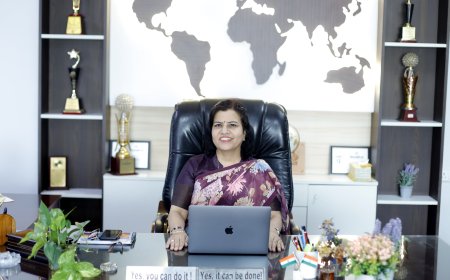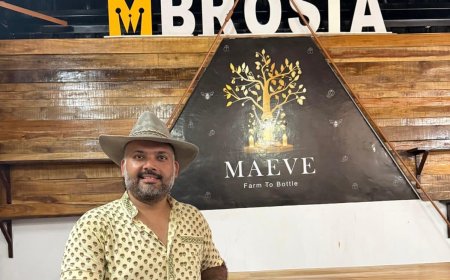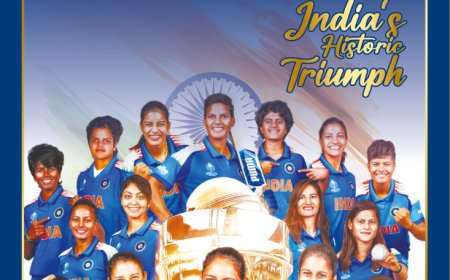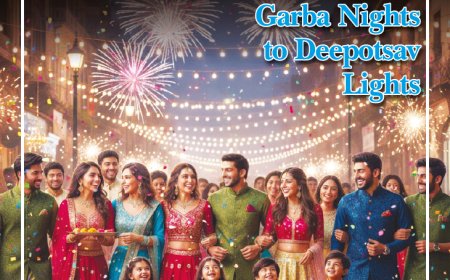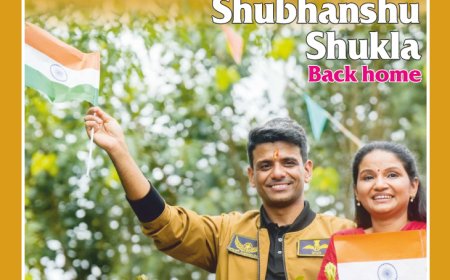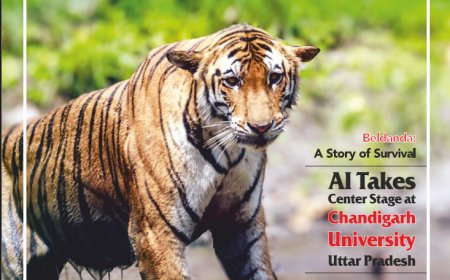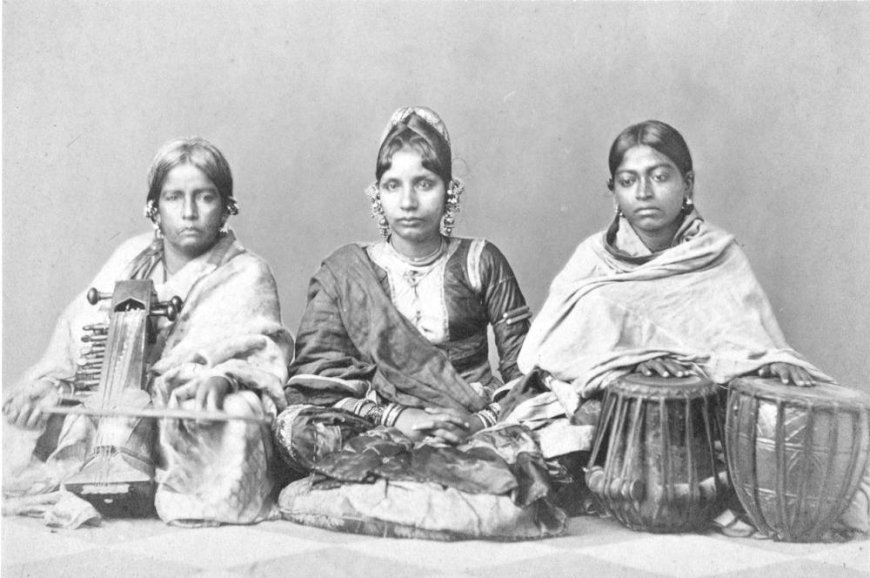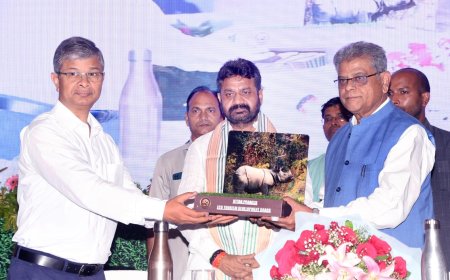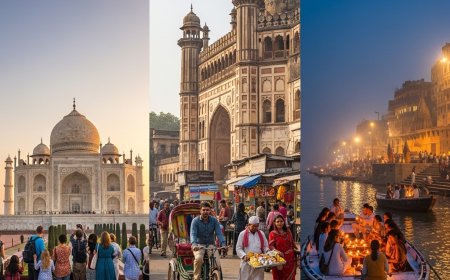Rebels, Ragas, and Royals: The Living Legacy of Lucknow’s Court Artists
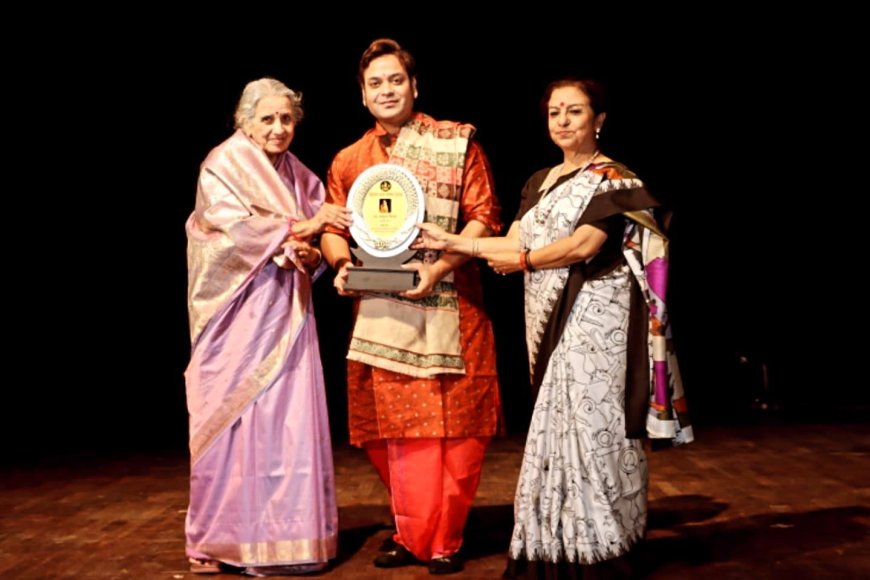
Esha Singh
Lucknow, with its gilded palaces and poetic bylanes, has long been the soul of India’s performing arts. Beneath its Nawabi grace lies a story of passion, rebellion, and cultural revolution—told through the lives of its iconic court performers. From defiant musicians who turned away royal summons to emperors who danced on stage, the city birthed legends who didn’t just entertain—they transformed tradition.
Haideri Khan: The Mad Genius Who Refused Kings
In the early 1800s, Haideri Khan—called “Siri” (mad) for his eccentric defiance—became the heartbeat of Lucknow’s sonic resistance. A master vocalist, Haideri famously rejected invitations to perform in royal courts, instead welcoming listeners to his humble home, where music was served with hookahs and heart. When King Ghazi-ud-Din Haider threatened his life for disobedience, Haideri delivered a performance so spellbinding, even the king stood humbled.
His parting words to the monarch—“If you die, Awadh will have another king, but if I die, India will have no other musician of any greatness”—echo to this day as a fierce assertion of the artist’s power beyond patronage.
Wajid Ali Shah: The Nawab Who Danced with Devotion
No story of Lucknow’s cultural flowering is complete without Nawab Wajid Ali Shah—a monarch who wore ghungroos with pride. His reign (1847–1856) was marked by political turmoil but artistically transcendent. Unlike his predecessors, Wajid Ali didn’t just fund the arts—he became the art.
A disciple of Pandit Durga Prasad, he mastered Kathak and staged performances even in exile in Kolkata’s Matiya Burj. His court nurtured what we now know as the Lucknow Gharana—renowned for expressive storytelling and grace. The Nawab also composed devotional and romantic songs, many designed specifically for Kathak’s rhythmic elegance.
British officials derided his artistic indulgence, but Wajid Ali Shah’s passion preserved a cultural treasure. He may have lost a kingdom, but he secured a legacy that would thrive in the hands of maestros like Pandit Birju Maharaj.
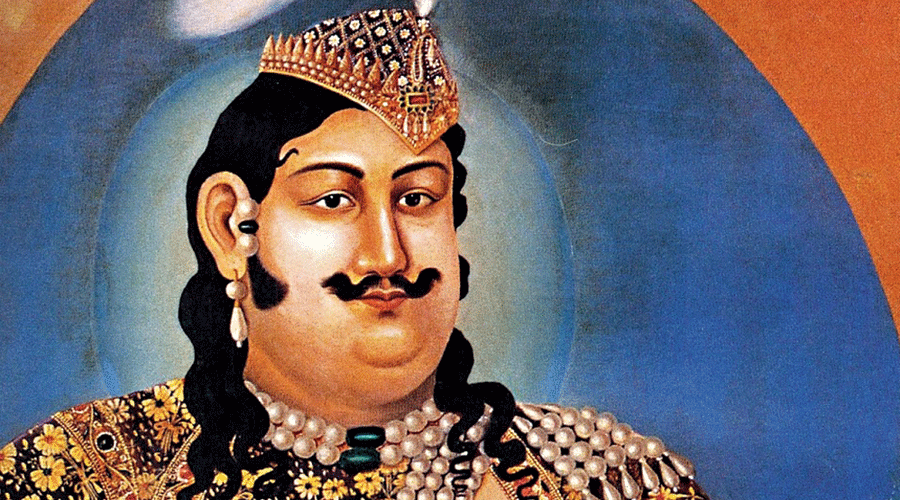
The Seniyas: Tansen’s Heirs Who Carved a New Tune
Descendants of legendary Mughal court musician Tansen, the Seniyas brought the Dhrupad tradition to Lucknow’s grand durbars. Under Nawab Asaf-ud-Daula’s rule, these masters—like Chajju Khan and Jivan Khan Kalawant—introduced audiences to spiritual and complex musical forms, performed on instruments like the rudra veena and rabab.
While Dhrupad reflected divine introspection, its presence in Nawabi Lucknow infused court life with gravitas. As lighter styles like thumri emerged, the Seniyas became the sturdy bridge between devotional rigor and romantic flourish, ensuring classical roots weren’t lost to innovation.
Soz: Turning Sorrow into Sacred Song
Lucknow’s Shia identity gave rise to soz, a hauntingly beautiful lament sung during Muharram, commemorating the martyrdom at Karbala. Performed without instruments, soz relied on vocal purity and emotional depth—its melodies sung from balconies or within the walls of the Imambara, where faith and music intertwined.
Unlike other court arts, soz wasn’t about grandeur—it was sacred expression. Nawabi support ensured that grief too found a place in Lucknow’s cultural court, establishing it as a city where all emotions, even mourning, could become melody.
Modern Echoes: Nawabi Notes in a New World
Even after the fall of Awadh, Lucknow’s artistic soul never dimmed. Kathak continues to flourish, especially through the legacy of Pandit Birju Maharaj and Pandit Arjun Misra, who took the Lucknow Gharana from palace to proscenium. Meanwhile, newer voices like Sakshi Benipuri carry this heritage into contemporary spaces—cinema, theatre, and web series—melding classic training with modern storytelling.
In 2025, the city’s musical heartbeat made waves once again through the Music in the Fields festival, where artists like Jordan Davis and Tenille Townes performed alongside Indian classical talents. Nawabi roots still feed the city’s musical present, creating a blend that’s both global and grounded.
Art as Rebellion, Art as Revival
From Haideri Khan’s defiance to Wajid Ali Shah’s devotion, Lucknow’s artistic history is one of bold choices and beautiful consequences. These performers weren’t just entertainers; they were custodians of emotion, expression, and identity. Their legacy proves that in Lucknow, art was never decoration—it was declaration.
As Pandit Birju Maharaj once said, “Kathak is not just dance—it is a conversation with the divine.” Today, that divine dialogue continues in every performance, from the hushed mehfils of old city homes to modern concert stages.
In Lucknow, art lives on—not in archives, but in the breath of every performance.
What's Your Reaction?







